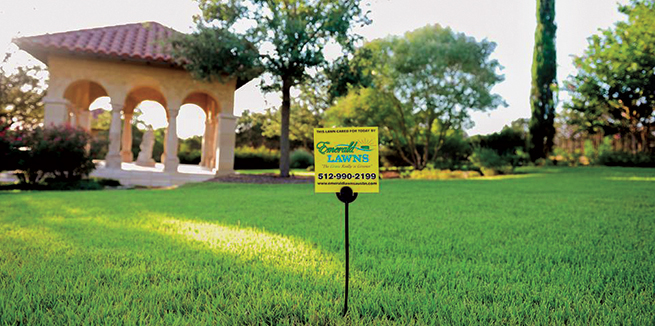Readers often tell us the most valuable part of belonging to a trade association or attending professional conferences is networking. I agree, and that’s always the case when my colleagues and I attend the Turf & Ornamental Communicators Association annual meeting. Last month, we convened with our peers—other writers and marketing professionals in the green industry—in Omaha, Neb. As always, relationship building was the best part of the meeting. But there was some excellent professional development to be had this year.
A highlight for me was a session led by Steve Wilbers, Ph.D., a writing consultant, instructor and long-time columnist for the Minneapolis Star Tribune.
It was a “back to basics” discussion from which I walked away thinking, “I know so much of that information. Why don’t I apply it consistently?”
He talked about word nerd stuff that may bore you (such as expression, grammar and punctuation), but there were a few practical points for people who write in their work lives—emails and proposals, anyone?
I realize these tips may sound elementary, but they’re not widely practiced, based on the poorly
written emails that come across my inbox every day and on a few messages I’ve traded recently with contractors as I pursue a bathroom remodeling project.
Perhaps these concepts can help you get your point across more clearly to your team, your clients and anyone on the receiving end of your emails.
Three steps and three rules
First, Wilbers advocates the three-step message for emails and other business memos. The steps are:
- Purpose (“I’m writing to you because…”)
- Background (“The important parts are…”)
- Proposed action (“I propose that you…”)
He says you don’t have to write “I’m writing to you because” and the other items in parentheses if it sounds awkward or robotic, but it often doesn’t hurt. The point is to use these phrases as prompts.
The next step is to check your message against Wilbers’ three rules for email:
- Always proofread! (Mistakes happen to the best of us, but you really don’t want one to pop up in a high-profile proposal.)
- Include a goodwill statement (“I hope you’re doing well.”)
- Never write anything you don’t want the entire world to see. (Dispute with a client? It’s best to pick up the phone rather than go back and forth via email.)
Finally, when you review your message before hitting “send,”consider omitting needless words. Modifiers like adjectives and adverbs are some of the biggest culprits. We use them to add emphasis, but many times they muddle the message instead of improving it. Next time you write, consider removing all cases of “very,” “somewhat” and other needless modifiers.

